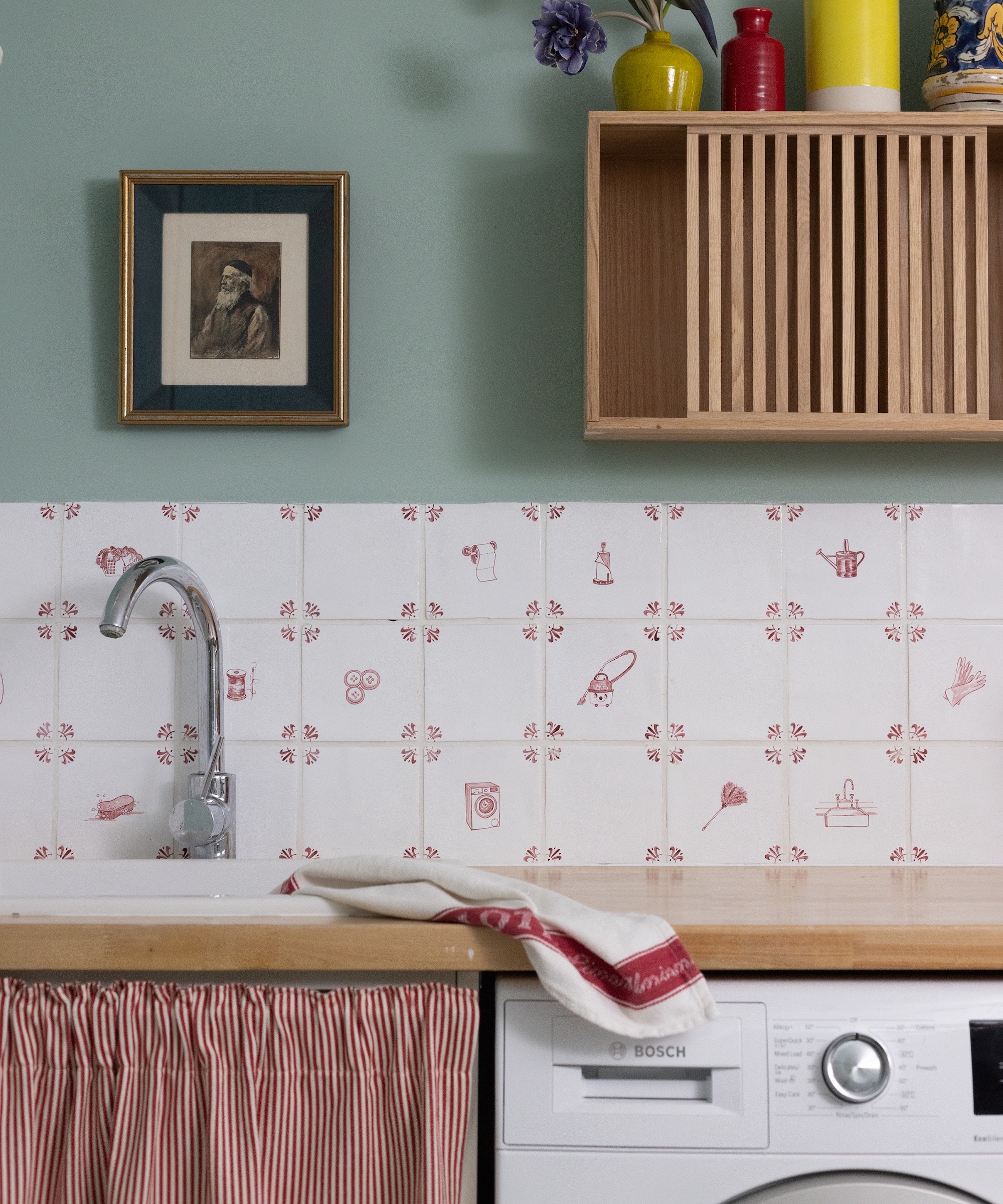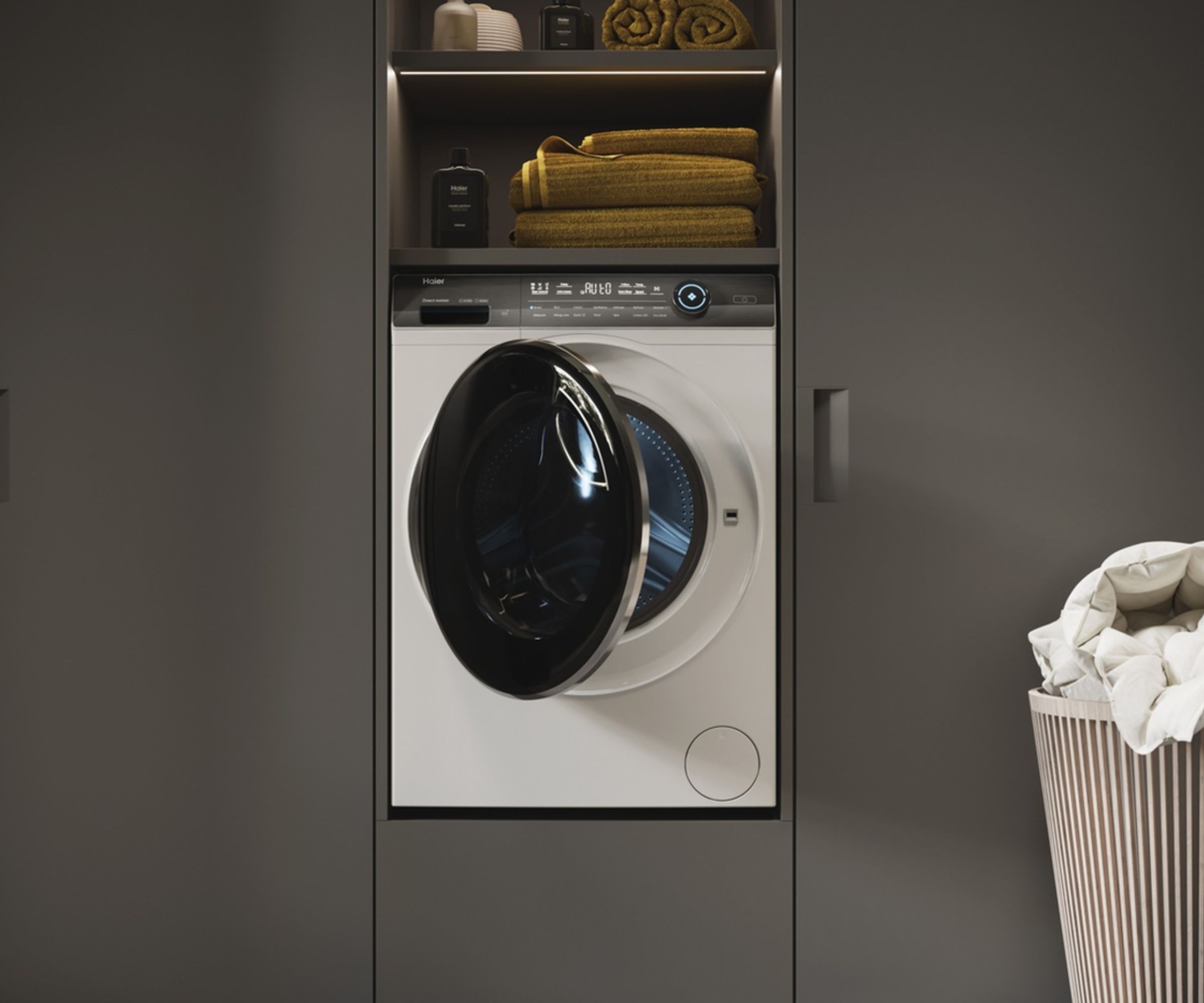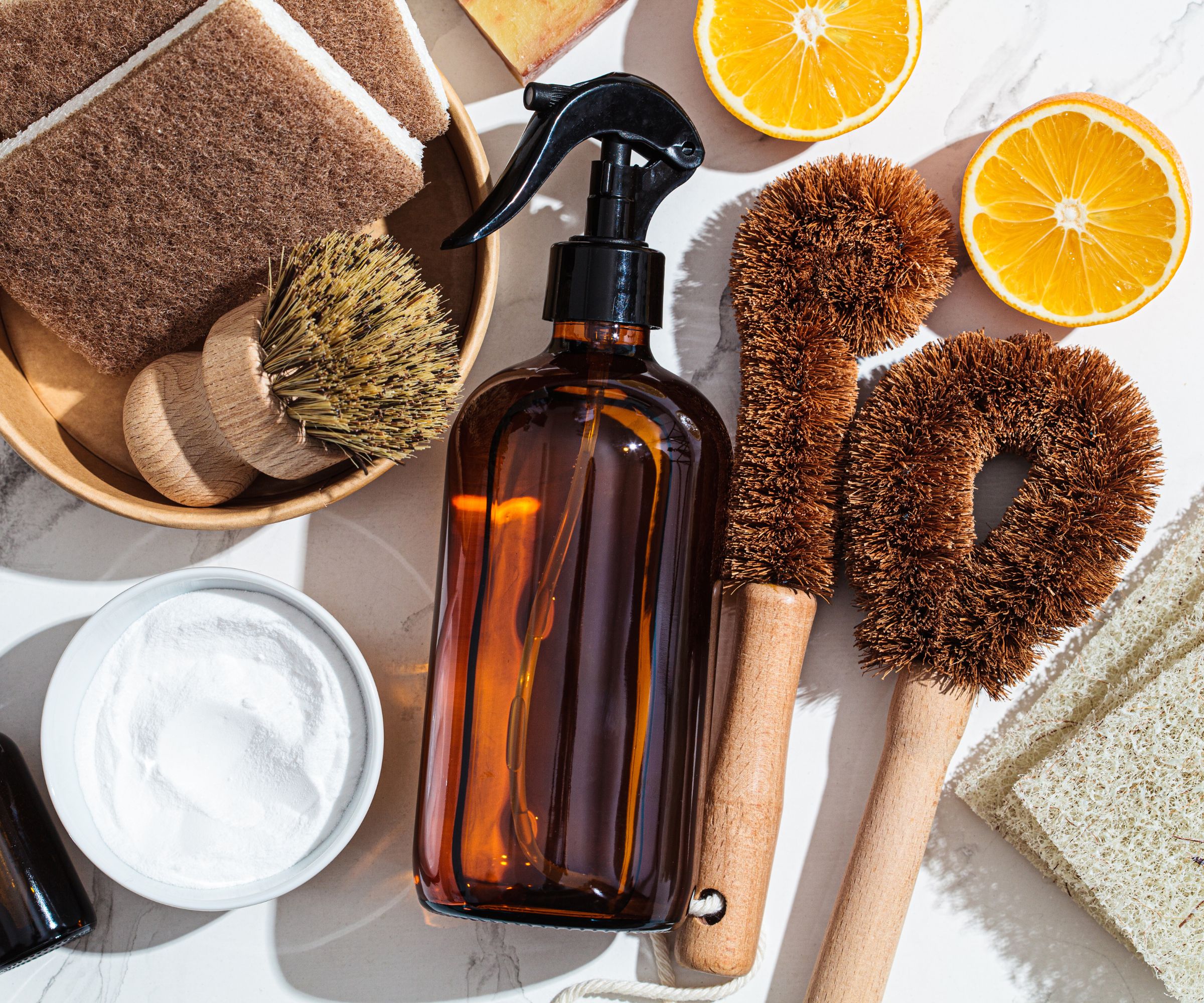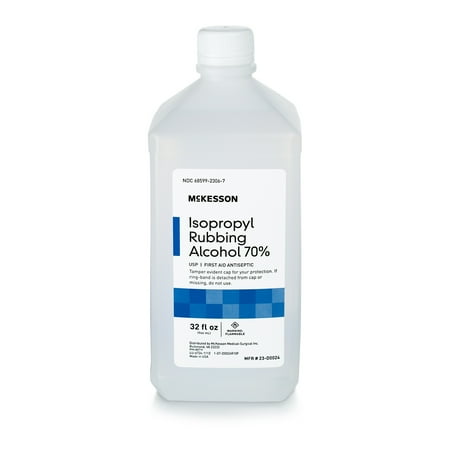How to remove mud stains from your clothing – 4 simple steps for superior stain removal
Banish mud stains with this expert-approved method


Mud is one of life’s unavoidable nuisances, staining your clothes when playing sports, in the park or during a festival. Mud is everywhere, and getting these stains out of your clothing can be tricky.
While throwing them in the machine with detergent might a quick fix, experts warn washing mud-stained clothing incorrectly can actually set stains rather than remove them, damaging your clothing for good.
We've spoken to our professional cleaners and laundry experts for step-by-step instructions on how to properly remove mud stains from your clothing for a superior clean when doing laundry.
4 steps to remove mud stains from your clothing
Step 1: Allow the mud to dry before scraping it off

This may seem counterintuitive, but allowing mud stains to dry and ‘set’ on your clothing will make removing them much easier to remove than adding water and detergent to wet mud, which will smudge and smear, ultimately ending in a laundry mistake.
‘Wet mud may seep deeper into the fabric,’ warns Brian Davis, cleaning expert and CEO at Handy Rubbish. ‘Once it dries, most of the dirt can be scraped off, with a dull knife or the edge of a credit card, without pushing it into the fibers.’
Removing as much excess mud as possible before you start the washing process will also make the cleaning process more effective.
Ocean Van, owner at Coco Laundry, recommends using a hand vacuum such as the Black+Decker DustBuster Handheld Vacuum available at Amazon, to help get rid of any leftover dust or small particles, as this will really lift them straight out the fabric rather than rubbing them in further.
Design expertise in your inbox – from inspiring decorating ideas and beautiful celebrity homes to practical gardening advice and shopping round-ups.
Step 2: Pre-treat the stain

Now you've got rid of the excess mud and are left with just the stain, pre-treat it for a more successful stain removal, much like when you work to get mud out of a carpet.
'Pre-treating helps in breaking down dirt and organic materials present in the fabric,' says Davis. 'Specifically, enzyme-based stain removers are useful because they digest proteins and other organic matter contained in mud.'
Davis recommends using the Shout Advanced Acting Gel Laundry Stain Remover, available at Walmart, as 'it has enzymes capable of targeting and breaking down the organic components present in the mud thereby making them easy to rinse out during washing.'
Step 3: Soak the stain in cold water

Wondering whether hot or cold water is better for stain removal? Once the stain remover has been left for the time recommended on the bottle, soak the stain in cold water. This is very important as warm or hot water will set the stain in place, whereas cold water will help to lift the mud.
'Soaking causes the stain to loosen from fibers of the fabric,' says Davis. 'With cold water, a stain does not set as quickly as it does when hot water is involved prematurely.'
For this step, Davis recommends immersing your clothing in a large basin of cold water for up to an hour, but any longer won't cause any harm.
Step 4: Wash and dry your clothing

Now, your clothes are ready for the washing machine.
'Wash with warm (not hot) water and add laundry bleach (such as OxiClean White Revive Laundry Whitener and Stain Remover Liquid, which is a bestseller at Walmart) if washing whites,' says Van.
Knowing how to use bleach in laundry is a great way to lift and lighten mud stains, as it is powerful on typically hard-to-lift stains. Ensure the stain is fully gone from your clothing before drying, particularly if using a heated dryer.
'Drying only after the stain is gone ensures it doesn't accidentally set,' says Van.
If the stain still remains after these steps, simply repeat the process. As mud is not corrosive or greasy, stain removal on the first-time round is not so urgent.
Natural remedies for tough mud stains
Sometimes, when it comes to getting mud stains out of your clothing, these steps aren't enough. We often reach for traditional methods, like detergent, stain removers and soap, but there are some unconventional approaches that may work even better to deal with stubborn blemishes.
1. Try using club soda

'One tip that few people know about is using club soda,' says Daniel Brown, cleaning expert and CEO of Handy Cleaners. 'Carbonation in the club soda helps lift mud stains out of fabric without affecting the material itself. Just pour a small amount directly on the stain and blot it with a clean cloth. The bubbles will facilitate breaking up of the stain, making removing it much easier.'
This is an inexpensive, natural solution in comparison to using a specific stain removal product, and you probably have some in your home already. For tougher stains, repeat, and then soak the stain and wash and dry following steps 3 and 4 above.
2. Use rubbing alcohol

There are so many things suitable for cleaning with rubbing alcohol, but you might not know that it can be used as a stain remover, too.
'Another surprising weapon against mud-stains ends up being rubbing alcohol,' says Brown. 'This strong solvent can break down the components found in mud thereby easily lifting it away from fabric.'
To apply, use a cotton ball and gently blot the stain until most of it has disappeared. Then rinse the area thoroughly with cold water, and wash and dry.
FAQs
Will vinegar remove mud stains?
As a great natural remedy for cleaning almost anything around the home, white vinegar is an effective stain remover for caked-on mud stains, due to it's acidic properties, and can be used in other laundry too. Learn when to add vinegar to laundry in our expert-guide.
The vinegar will break down the dirt and grime, making it easier to lift the stain out of the fabric when washed, and can be applied directly to the stain when mixed in equal parts with water. It will act as a natural deodorizer, too, so is particularly effective when dealing with mud-stained sports kits.
As always, be sure to follow the golden rules of stain removal and make mud-staining mishaps a thing of the past.

Ottilie joined Homes & Gardens last year, after finishing a Master's in Magazine Journalism at City, University of London. With previous contributions in Livingetc and Motorsport Magazine, she produces content for the Solved section on the website, focusing on clever tips and tricks to keep your home beautiful, organized, and clean, with particular expertise on all things home fragrance. She also has a Master's degree in English Literature and History of Art from the University of Edinburgh, where she developed a love for inspiring interiors and architecture.
